Transforming the Deployment and Use of Earth’s Resources
Clean energy industries like solar are set to grow exponentially in the coming decade, and the way we manage that growth is critically important. Our impact on the environment is not limited to the carbon emissions we can reduce by adding solar to the grid – we must foster a circular economy approach to clean energy that accounts for the life cycle of our products, and we must ensure our deployment has a net positive impact on the land we occupy.
Building a circular economy can benefit businesses, society, and the environment. Rethinking manufacturing, the life cycle of products used in solar projects, and end-of-life management can broaden the positive environmental impact and the economic potential of our industry. A circular economy requires us to rethink how we can sustainably use and reuse resources. It challenges us to shift from being driven by output to instead be driven by efficiency, so we generate less output while doubling down on products that are recyclable, reusable, and more sustainable.
Linear Economy Versus Circular Economy
In a linear economy, resources are turned into products that are sold and then disposed. There may be efforts to reduce and reuse products, but this can only have a limited impact on sustainability. Still, a linear economy maintains a take-make-dispose format. In a circular economy, there is a large emphasis on reusing and upcycling products. Uniquely, the circular economy requires rethinking and redesigning products and the processes with which we make, use, and move on from them.
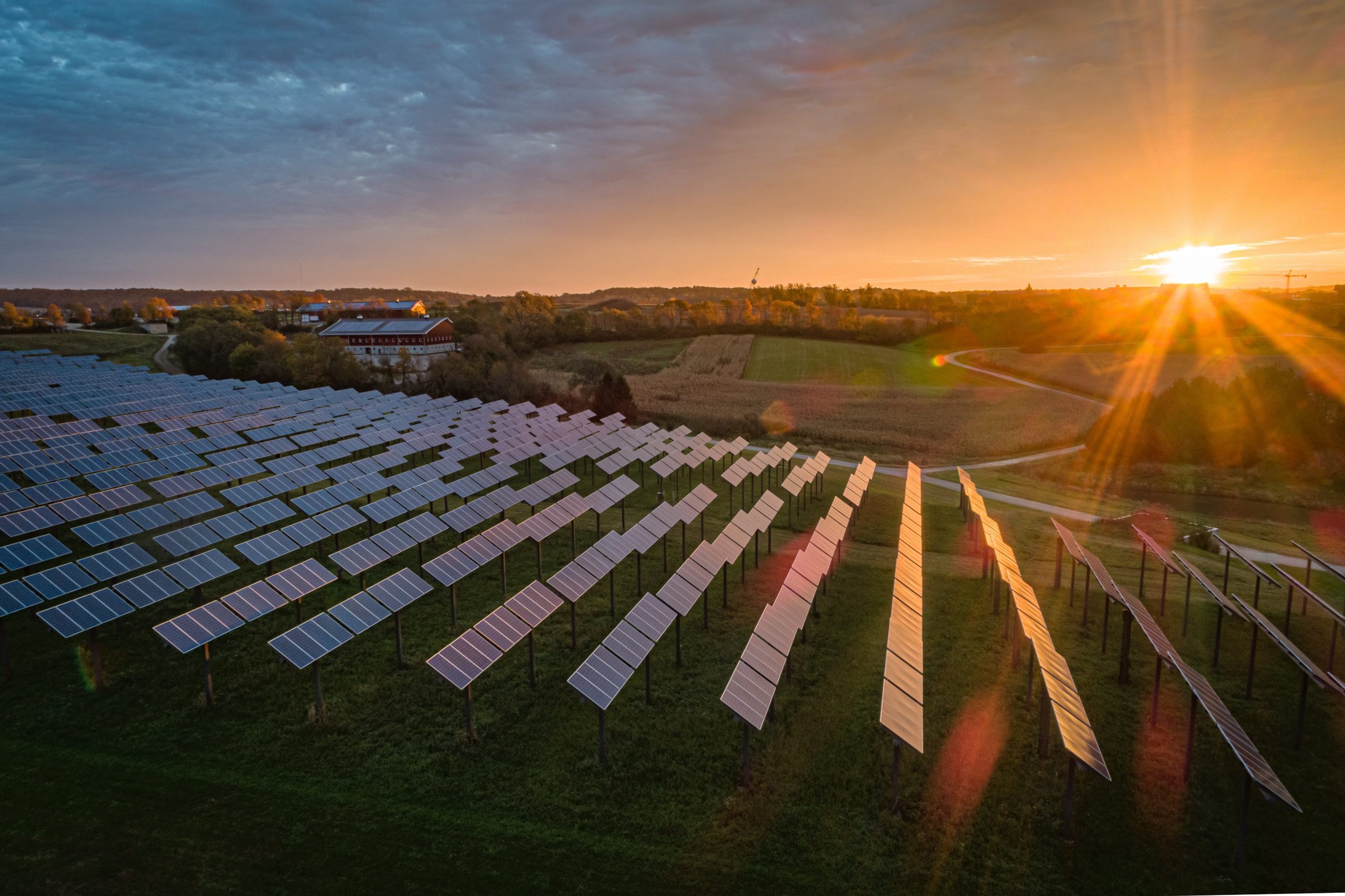
Applying a Circular Economy Lens to the Solar Industry
We must be proactive and develop long-term strategies that foster a truly circular economy for energy and electricity. The solutions are there. Every step in the supply chain has a role to play. We can leapfrog the short-sighted approaches of the past and build a low-cost, sustainable energy economy that can support the needs of future generations.
Solar equipment can last for decades, particularly with proper maintenance. Various companies have identified ways to extend the lives of PV models, very much in alignment with circular economy thinking. In some cases, PV modules can be reused or refurbished to have a ‘second life’ of generating electricity. The other components of solar systems can also be handled responsibly. Inverters can be recycled, and racking equipment can be re-utilized with newer technology or recycled like other metals.
Currently, solar panels have an average life of 25-35 years, and the lifetime of an inverter can be upwards of 10 years. Therefore, many solar products have not yet reached end-of-life, and in fact, panels installed in the early 1980s are still performing at an effective level.
PV Recycling & End-of-Life Considerations
The falling cost of solar has made renewable energy accessible to more people than ever before and has resulted in an exponential increase in solar adoption. With more than 1.6 TWdc (or 1600 GWdc) PV modules installed globally through the end of 2023 (including over 200 GWdc in the U.S., through Q1 2024), end-of-life management is important for all PV technologies to ensure clean energy solutions are sustainable.
Current Recycling Regulations
End-of-life disposal of solar products in the US is governed by the Federal Resource Conservation and Recovery Act (RCRA) and state policies that govern waste disposal or other disposition. SEIA works collaboratively with regulators to reasonably develop implementable regulations and manageable processes for compliance.
The majority of solar panels that cannot be reused or repaired at end-of-life are considered solid waste. If any of those panels have materials that exceed Federal RCRA thresholds for toxicity, they may be characterized as hazardous waste. Some states allow those hazardous panels to be treated as universal waste like batteries, LED bulbs, and aerosol cans.
Most states have policies in place that establish minimum requirements for solar projects, often including decommissioning plans and funds. As of 2024, only a few had enacted policies that require recycling or reuse of components at the time of decommissioning or end of life. Some states have enacted legislation relative to waste characterization for solar panels to be recycled. Other states have varying requirements such as Maine, which requires any recyclable solar components to be recycled by an authorized facility, and North Carolina, which requires reuse or recycling of any components where practicable.
National PV Recycling Program
SEIA and our members have created a robust recycling network to ensure the clean energy economy remains sustainable for years to come and provide benefits for members who use services from SEIA Preferred Recycling Partners.
The National PV Recycling Program, founded in 2016, is a network of recycling and refurbishment providers with end-of-life management services for solar and storage installers, project and system owners, developers, distributors and other parties. Participants can repair, refurbish, resell, and recycle PV modules, inverters and other equipment.
Current partners include:
 |
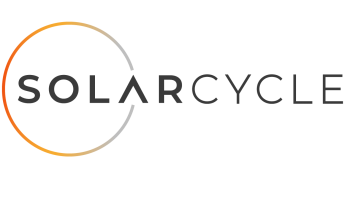 |
 |
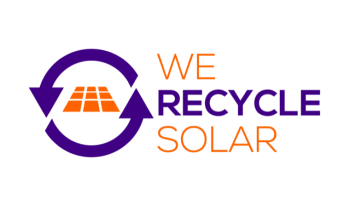 |
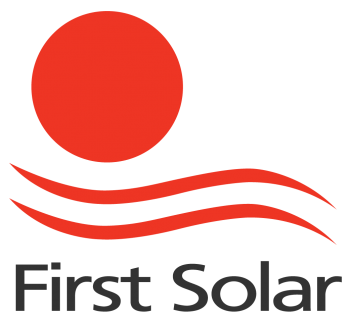 |
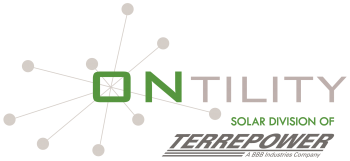 |
 |
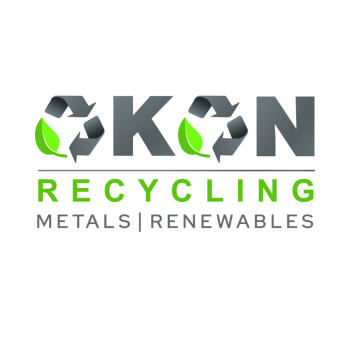 |
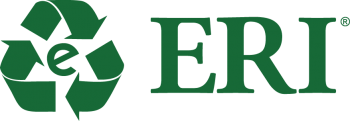 |
 |
circular economy
Meet Our Expert
Robert Nicholson
Senior Manager of PV RecyclingRobert Nicholson spent the first 15 years of his career in the commercial nuclear industry managing environmental programs with a specific focus on waste recycling and ISO 14001 system development at facilities across the US.



